Top image: RICE file photo
At the cusp of the millennium, my household—like many others in Singapore—had a wealth of movies and TV shows at home thanks to piracy. Counterfeit entertainment, but entertainment nonetheless.
It started with VCDs, or video compact discs for short. Then came pirated DVDs, where the quality jump was so astounding I found it hard to believe people would pay $40 for original copies at Poh Kim outlets. (Yes, this was 2002).
At pasar malams of old, not only were you able to buy movies, albums or video games for less than $10 each; you could also find branded bags or shoes. Those things would fall apart way too easily. But street cred at a fraction of its official price? Many of us didn’t care about the source.
That, coupled with apps like Kazaa or Limewire, made my primary school-going self feel, almost arrogantly, like I had access to anything. This was the era where we were told we wouldn’t steal a car, so the prevailing logic against piracy didn’t exactly feel rock solid. Yes, of course, I would download a car. Wouldn’t you?
The market meets demand. With the eventual arrival of streaming platforms like Netflix and Spotify on our phones, so came the gradual disappearance of makeshift tables piled with pirated DVDs and CDs. Today, streaming platforms sit alongside other apps that have made buying things so much easier. E-commerce platforms aside, sometimes all it takes is to find the right community group on Telegram or WhatsApp to get anything.
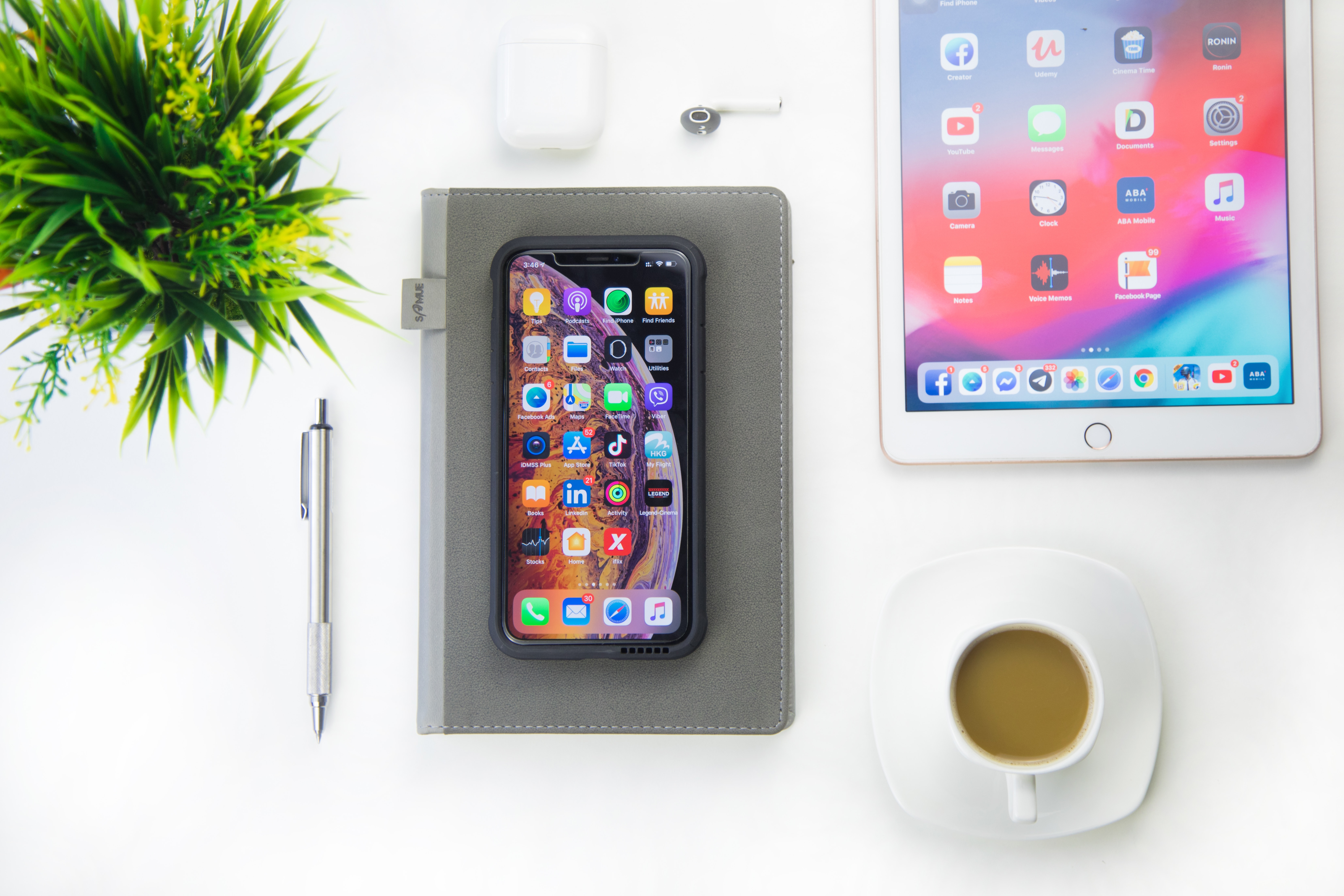
Times change. While demand for entertainment was initially fulfilled by streaming, the question of price (and fears over our tumultuous economy) has nonetheless allowed piracy and counterfeit goods to persist.
And part of that is because we’re okay with it, even if there are no downloadable cars (yet).
The Temptation of Imitation
Netflix and Disney+, among others, have recently taken measures to save their business models–from increasing subscription prices to cracking down on shared accounts. It’s no wonder piracy hasn’t really quelled since, even though not many of us own discs anymore (official or pirated).
For physical counterfeit goods, they’re still out there—and you wouldn’t need to go to your local pasar malam to buy them. The convenience of the product sent to your home (most of the time with free shipping) has allowed consumers access that is truly unprecedented.
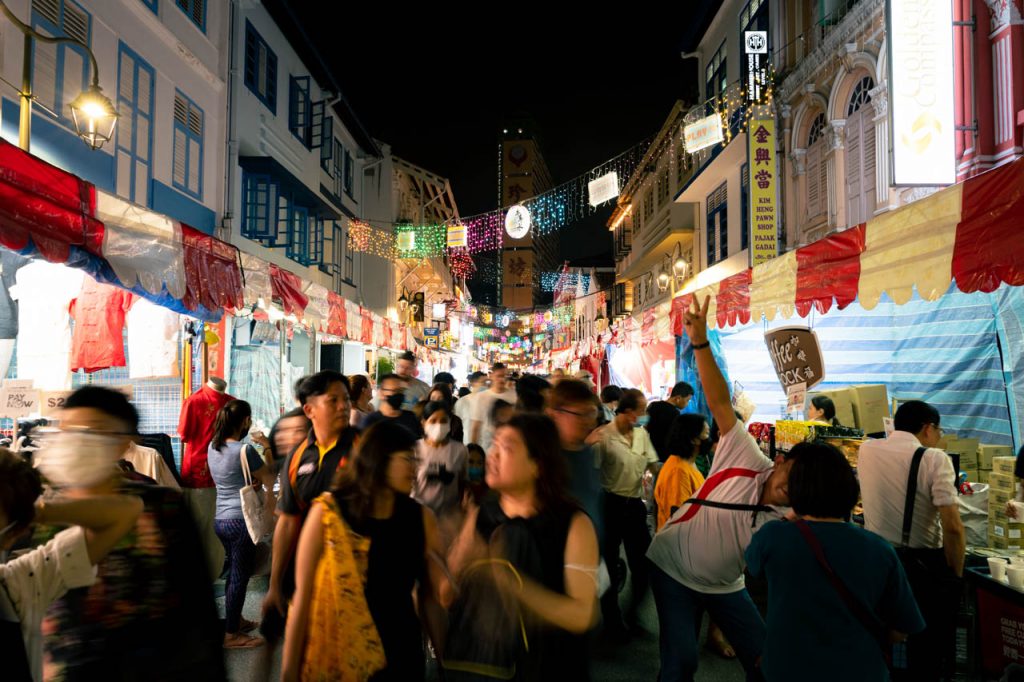
In the 2022 edition of the US government’s list of Notorious Markets for Counterfeiting and Piracy, popular merchants like AliExpress and Shopee were included. If you’ve found counterfeit goods on their marketplaces, this should come as no surprise by now.
For football fans, it’s startlingly easy to buy jersey replicas—sometimes rendered faithful, sometimes absolutely shoddy. For new homeowners, furnishings that look straight out of a MUJI catalogue are available cheaply. For skincare enthusiasts, products by Kiehl’s and The Ordinary can be had for a fraction of their market price if authenticity isn’t a concern.
But if we’re talking skincare products alone, the benefits of these are precarious: Any ingredient included can determine if it does wonders for your body at a lower price or if it can turn it into an itchy nightmare.
Skincare is part of your body’s health. The Cut looked into these counterfeit products, discovering they were, unsurprisingly, far from acceptable quality. But that’s with their journalistic know-how. For the rest of us, vigilance doesn’t come as naturally, so these products still sell.
It’s certainly a question of trust. Some consumers trust their dollar to stretch for them: hunting for cheap goods is a sport of endurance. Those who play it hang onto the promise that the best deals await them if they look hard enough. When finding something at a ridiculously affordable price, who doesn’t get a much-needed dose of dopamine?
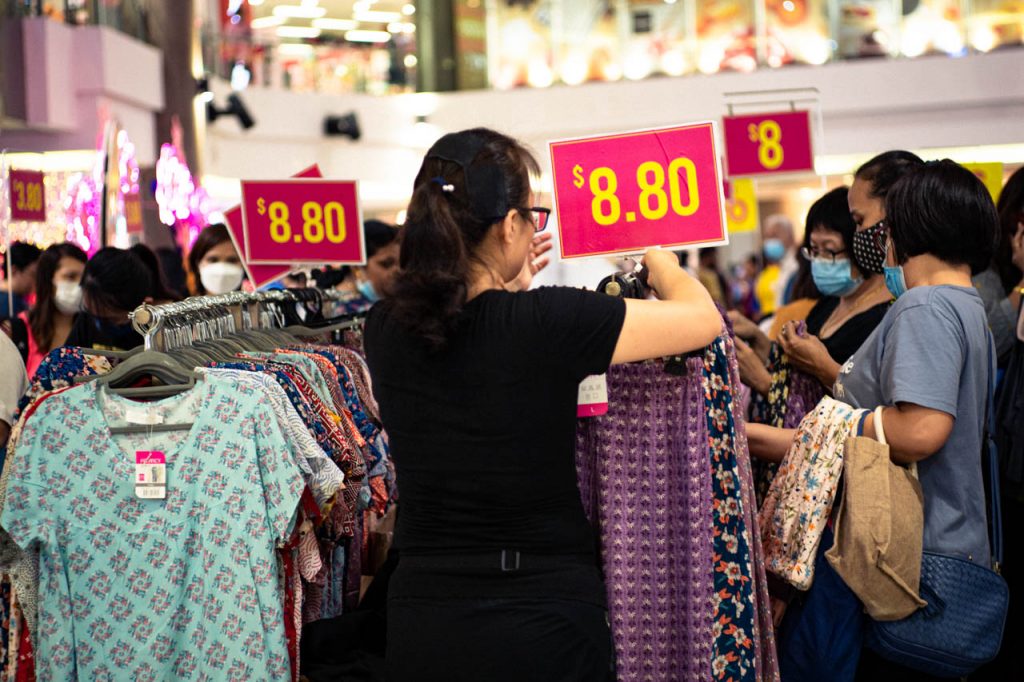
And then, there are those who trust the brand and will only buy from their official sites or physical storefronts. But there’s always a limit.
“I care about brands… up till the point of being unable to afford it,” says Joey. The 21-year-old student often comes across counterfeit items on e-commerce sites, “though nothing can beat Thailand,” she adds.
“There may be other dupes in the market that are created by the same exact manufacturer as these luxurious brands,” she continues. “It all comes down to quality for me. If I were to purchase the dupe, I would question how much value I would be getting out of it.”
The ascent of e-commerce, and even fast fashion, has certainly changed generational perceptions of counterfeit products. “The economics behind it is quite simple; it’s people moving to cheaper alternatives,” data journalist Chris Beer tells Financial Times.
“Consumers, particularly younger ones, are turning away from conspicuous consumption. They’re still interested in gaining status but are looking to achieve it through thrift and frugality instead.”
It’s understandable. Even thrifting now comes with a high price tag. It’s hard out here.
Nathan, 24, chimes in: “I do have friends who are fine with buying counterfeit items because they like how [they] look. They don’t care about the status that the brand carries; they just dress the way they want. There’s a quote that my friend lives by: ‘Fashion is what you buy, style is what you do with it’”.
Counterfeit Commerce
In the US report on counterfeit goods trends, it stated certain Shopee platforms have had “high volumes of counterfeits”. As a result, rights holders have been unhappy with the “cumbersome and duplicative processes” that it takes to shut them down.
Truly, Shopee hasn’t turned a blind eye towards this phenomenon. Its Brand Protection team, formed in 2022, is its main task force to combat the issue. Just last month, the team announced new strategies to continue its mission of making sure listings on its site are all genuine. It includes close partnerships with right holders—or at least it purports to do so. It does feel a bit of an “ownself check ownself” situation.
Over the years, there’s also been a form of counterfeit good that’s sold through a legitimate business. Fast fashion has resulted in brands like Shein who have been targeted by entities—ranging from e-commerce powerhouse Amazon to streetwear brand Stussy—for copying designs wholesale.
When the gloom of the economy tightens budgets, it’s not hard to see why people would opt for fashionable looks for less money. Fast fashion has legitimised the act of buying a premium-looking product for less, even with dispatches that detail questionable labour and manufacturing practices.
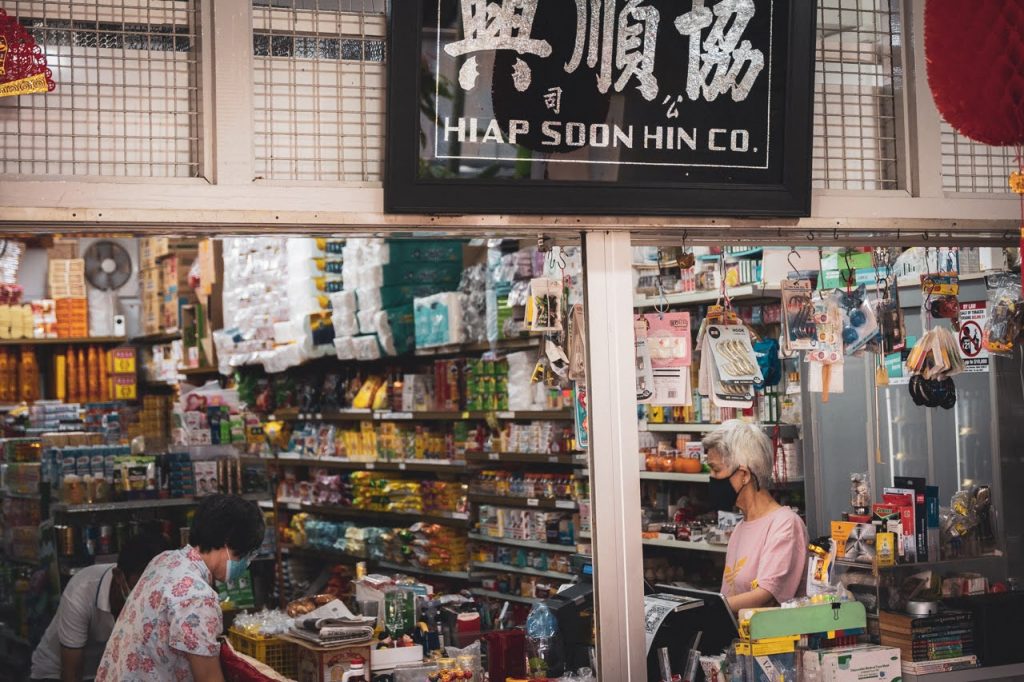
This acceptance of compromise gives people like dollar-anxious Gen Zs the ability to dress how they want. It lowers the bar across the board (and that will come in handy for lower-income consumers) but it can play a part in normalizing the standards that consumers of different demographics expect.
“The dangers are multi-faceted,” says IP counsel Cyril Chua. “From the consumers’ perspective, [they] are at risk of purchasing substandard products.”
“While a substandard fashion item may pose little health risk, the same cannot be said if the items purchased are pharmaceuticals, health and beauty products. From the right owners’ perspective, the sale of counterfeits destroys their legitimate market for genuine products.”
“From a government’s perspective, the sale of counterfeits represents a loss of tax revenues which would otherwise be earned when legitimate products are sold.”
When it comes to counterfeits or scams on e-commerce platforms or a resellers’ paradise like Carousell, it isn’t uncommon these days to see headlines of the police attempting to nip it in the bud. Clampdowns, however, take resources and strategies—seizing goods only dampens one aspect of an otherwise thriving black market industry.
“The policies set by each platform are not sufficiently robust to tackle the proliferation of counterfeits in the e-commerce environment,” Cyril explains.
“As e-commerce platforms also derive revenue from the sale of counterfeits, some platforms may be reluctant to take a hardline approach against the counterfeiters. In addition, counterfeiters are quick to adapt and circumvent policies set by the platforms.”
The Authenticity Paradox
The consumer dollar is driven by choice. The free market answers with options that feel almost overwhelming—prices come in conflict, but the product offered appears to be the same.
The devil is in the details: from reviews to star ratings to the seller’s reputation. Again, there’s only so much the consumer can do, not when prices become too hard to resist. Not to mention the platform-driven rewards programs that make each purchase so painless.
It’s a paradox, then, that the availability of choice—a stunning breadth of it at that—has also increased the risks that come with trusting sellers from different corners of the world.
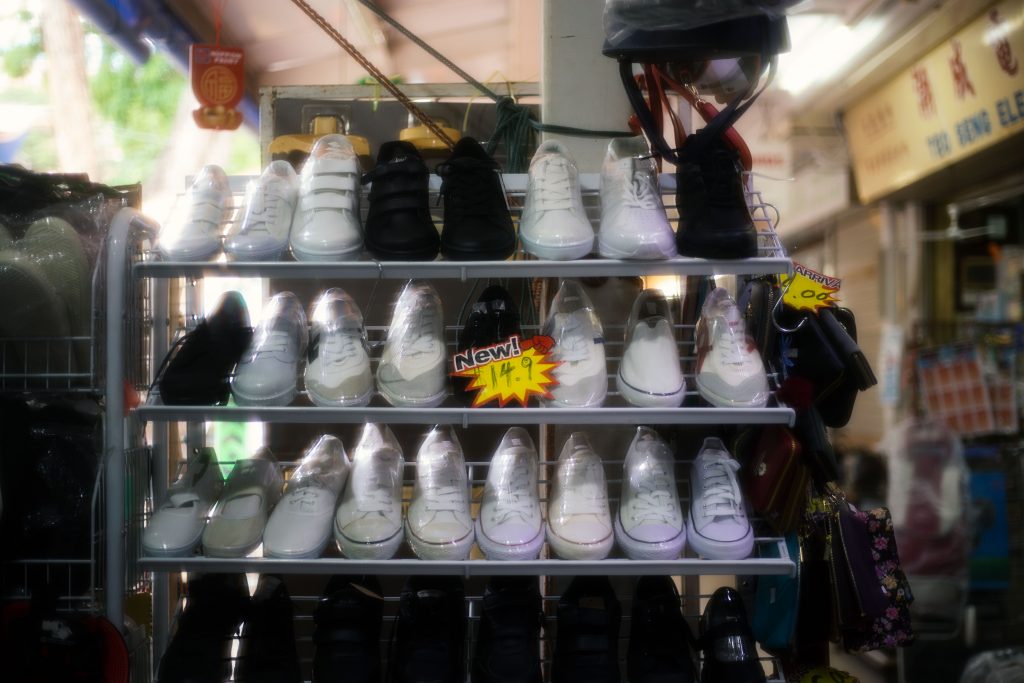
“Counterfeiters often hide behind the veil of anonymity in online transactions,” Cyril adds. “While some platforms have policies relating to the identification of their vendors, they often do not have the resources to check if these vendors have provided fictitious details during the onboarding process.”
Last year, Singapore’s Health Science Authority (HSA) seized over 737,000 illegal health products that were either contraband items or full-on counterfeits. That didn’t stop 10 people from having “serious adverse effects” using such products, some of which HSA stated were purchased online.
Authenticity is not entirely elusive. It’s just harder to uncover, especially when contraband and replicas are seen as more affordable alternatives.
If the price is too good to be true, it usually is. While it would be easy to attribute the demand to older consumers (who may not be as discerning as younger ones), it’s a broad stroke rendered illogical when TikTok itself has become part of the problem.
Earlier this year, The Guardian reported that counterfeit cosmetics sold on the social media platform’s e-commerce feature, TikTok Shop, contain “‘toxic levels’ of arsenic, mercury and lead” according to UK police findings. These products are usually pushed by influencers, who, as you can imagine, hold greater interest in farming engagement and profiteering over adhering to health regulations.
Although a burgeoning empire of its own, TikTok remains at odds with regulators around the world over data and privacy concerns. Its efforts at curbing illegal products are still a huge work in progress.
Perhaps one of the reasons why counterfeit and contraband goods continue to be in demand has to do with our perception of value. As the grip of e-commerce persists, have we conflated value with affordability?
Trade-offs
On Reddit, a community named r/BuyItForLife exists for one reason: to educate its members about the things that are worth buying. You can find requests and recommendations about products like refrigerators, winter jackets, backpacks, shoes, and more.
The community is budget-conscious, but it’s also conscious of another ethos: that value shouldn’t be defined by price. With that, some of its more active posters focus on products that offer durability, practicality, and quality, measuring all of that with its listed prices. You can imagine that such a community is deeply invested in its purchasing habits, and that commitment takes time, effort, and knowledge (or willingness to acquire such knowledge).
Again, it’s about commitment. That’s just something a good chunk of us lack, not with everything else in our lives taking precedence. But it does bring to mind that the consumer dollar, however cliche it might sound, still holds so much power. That power alone can overcome the black market, and it starts by taking a closer look at what exactly we’re buying online.
“Shopee does sell branded items (even Apple Flagship Store is on Shopee), but more often than not, I always have my doubts if they are authentic,” says Nathan. “I normally gauge it by the customers’ reviews and the price–if it’s only 10 percent of the original price ($20 instead of $200), we can almost guarantee it’s a fake.”
“The best way to avoid this is to do a thorough check on the product specifics, reviews and the seller’s verification,” adds Joey.

It will be a never-ending routine, not when shadier sellers still worm their way into legitimate marketplaces. If not for those, then it’s messaging apps—where you can find contrabands like vape devices in the right chat group.

These platforms are simply mediums for consumers to get illicit products without official oversight or regulation. Until the day comes when that can happen—and without consumers worrying about harmful ingredients—enforcement’s the only answer right now.
“While the Singapore police would have little problems apprehending a vendor located in Singapore selling counterfeits over an e-commerce platform, they have little power over a Chinese vendor listing its products in a Singapore-based e-commerce platform,” Cyril says.
Where there is demand for illicit goods, there will be a supply of illicit goods. For now, it’s how we approach it that will make the difference. We aren’t buying everything for life, but we are buying them for a better life. Best to make every dollar, and every saving, count.






